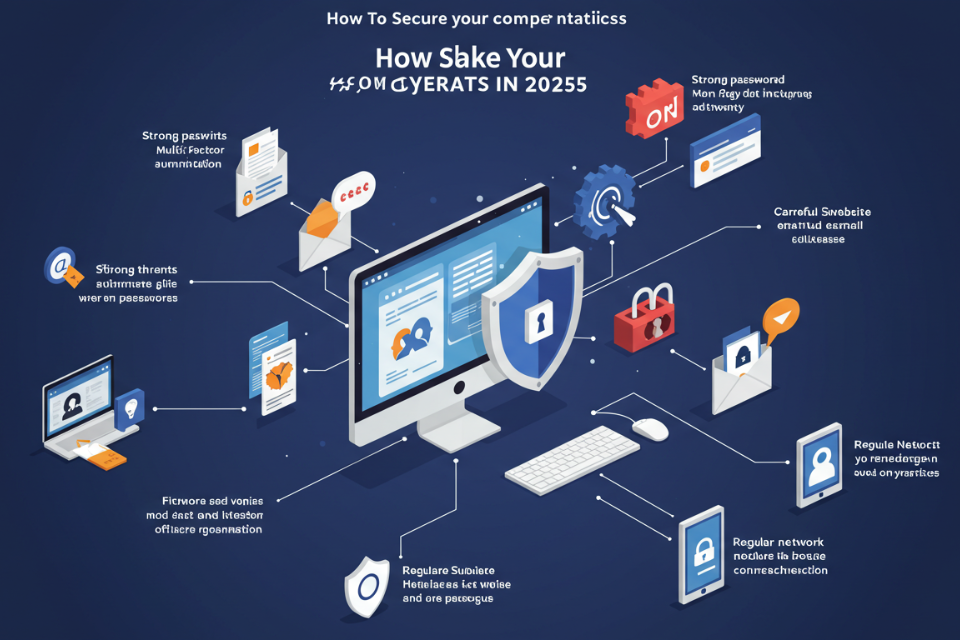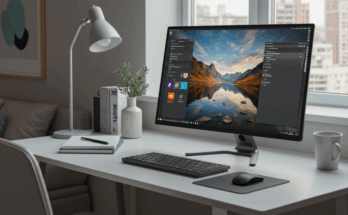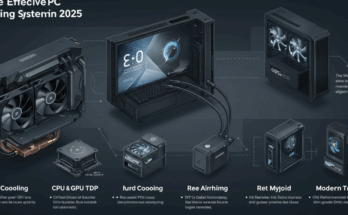The digital landscape is constantly evolving, and so are the cyber threats we face. Staying ahead of these threats requires proactive measures and a robust understanding of modern security practices. This guide will help you secure your computer from cyber threats in 2025 and beyond.
Strong Passwords and Multi-Factor Authentication
The foundation of any strong security posture is a strong, unique password for each of your accounts. Avoid easily guessable passwords and consider using a password manager to generate and securely store them. Furthermore, always enable multi-factor authentication (MFA) whenever possible. MFA adds an extra layer of security, making it significantly harder for attackers to access your accounts even if they obtain your password.

Keep Your Software Updated
Outdated software is a prime target for cyberattacks. Regularly update your operating system, applications, and antivirus software. These updates often include critical security patches that fix vulnerabilities that attackers could exploit. Enable automatic updates to ensure you’re always running the latest versions. Learn more about patch management to streamline the process.
Install and Maintain a Robust Antivirus
A comprehensive antivirus suite is crucial for protecting your computer from malware, viruses, and ransomware. Choose a reputable antivirus program and keep it updated. Regularly scan your system for threats and consider using real-time protection for continuous monitoring. Explore the best antivirus software options for 2025 to find a solution that fits your needs.
Beware of Phishing and Social Engineering
Phishing attacks are a common method used by cybercriminals to trick users into revealing sensitive information. Learn to identify phishing emails and suspicious links. Never click on links or attachments from unknown senders and always verify the sender’s identity before interacting with any communication. See our guide on identifying phishing attempts for more details.
Secure Your Network
Protecting your home network is just as important as securing your individual computer. Use a strong password for your Wi-Fi router and consider enabling WPA3 encryption for enhanced security. Regularly change your router’s password and keep its firmware updated. A strong firewall is also an essential component of a secure network.
Practice Safe Browsing Habits
Be cautious about the websites you visit. Avoid clicking on suspicious links or downloading files from untrusted sources. Use a reputable web browser with built-in security features and enable browser extensions that can block malicious websites and pop-ups. Consider using a VPN for added privacy and security, especially when using public Wi-Fi networks. Learn more about safe browsing practices.
Regular Backups
Regular backups are essential to protect your data from loss due to malware, hardware failure, or other unforeseen circumstances. Create backups of your important files to an external hard drive, cloud storage, or another secure location. Make sure to test your backups regularly to ensure they are working correctly. See cloud storage best practices for data security for more information.
Use Caution with Removable Media
Exercise caution when using removable media such as USB drives or external hard drives. These devices can easily spread malware if they are infected. Scan any removable media with your antivirus software before using it on your computer. Avoid using removable media from untrusted sources.
By following these tips, you can significantly improve your computer’s security and protect yourself from cyber threats in 2025 and beyond. Remember, staying informed and vigilant is key to maintaining a strong security posture.
Frequently Asked Questions
What is multi-factor authentication (MFA)? MFA adds an extra layer of security beyond just a password, requiring a second form of verification, such as a code from your phone or a biometric scan.
How often should I update my software? It’s best to enable automatic updates for your operating system and applications. However, you should also manually check for updates at least once a month.
What should I do if I think I’ve been a victim of a phishing attack? Immediately change your passwords and contact your bank or other relevant institutions. Report the phishing attempt to the appropriate authorities.
How can I spot a phishing email? Look for poor grammar, suspicious links, urgent requests for information, and unexpected emails from unfamiliar senders.
What is ransomware? Ransomware is a type of malware that encrypts your files and demands a ransom payment to restore them. Regular backups are the best way to protect yourself from ransomware.



